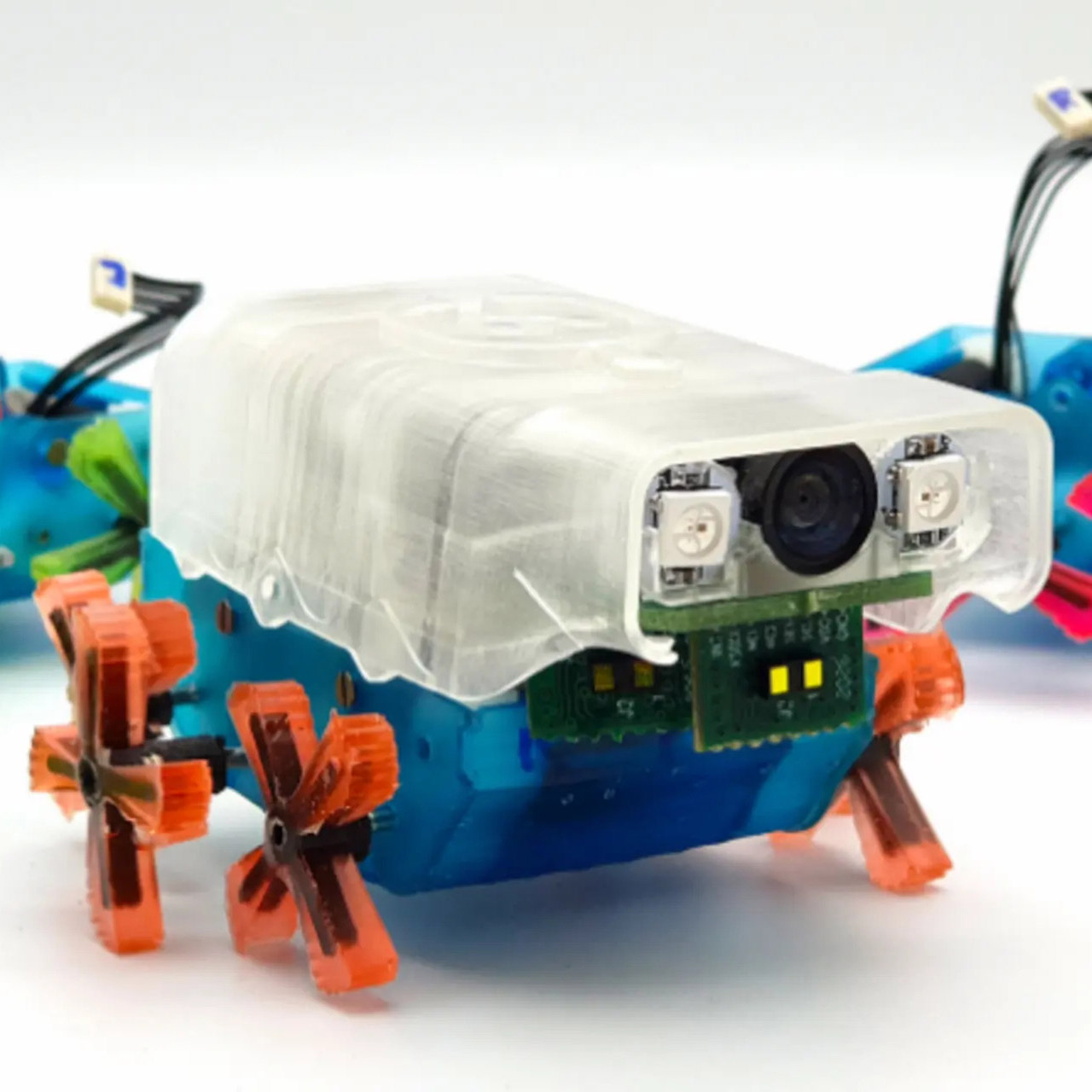A Pipe Dream? This Prototype Can Inspect Water and Sewerage Networks

There are always those who warn of the risks of artificial intelligence and robotization regarding job losses. Still, few will regret the support offered by a new device developed by several British universities. Joey is an autonomous robot responsible for inspecting the narrowest drainage and water pipes. This machine is part of a new batch of scientific and technological breakthroughs that will enable to operate underground, where few humans will venture.
Tackling water leaks
Access to drinking water is a human and sustainability challenge. Therefore, the fate of much of the water in pipelines due to deficiencies in infrastructure is doubly shocking. It is estimated that in countries like the USA, up to fifty percent of treated water is lost yearly due to leaks. In other countries, such as the United Kingdom, three billion liters of water, the equivalent of 1180 Olympic swimming pools, are lost every day due to this type of issue.

Detecting and acting quickly in these cases is crucial, as seen in this project undertaken in the Spanish city of Burgos, where a smart system monitored every liter of water flowing through its water systems. In this case, a combination of big data, IoT, business intelligence, and physical meters was used to understand better what was happening underground.
Working in these subway environments is difficult, dangerous, and sometimes unhealthy in the case of wastewater infrastructures. This is why the Joey prototype has garnered so much interest.
Robot swarms to inspect pipelines
The universities of Leeds, Sheffield, Bristol, and Birmingham in the UK have worked closely together to develop a machine that could work autonomously in all kinds of pipes. The aim was to create a prototype capable of operating in narrow, damp, dark spaces without GPS coverage, as this type of signal does not penetrate underground.
The result is a very light robot, weighing just seventy grams, which uses rotating legs made with 3D printing. Joey integrates various technologies, including cameras, spatial sensors, inspection lights, and an artificial intelligence navigation and control system. In addition, it is designed to use little energy and has a high battery range. All this means that the robot can move independently, identify cracks, and send images to the control center. Then, when it is running low on battery power, it can return to the operational base on its own. It is estimated that each of them will cost around €300.

Joey is part of the Pipebots project, which brings together several universities and water infrastructure managers in the United Kingdom. And it is only the first step in the project. The roadmap involves the collaborative use of swarms of interconnected robots transported by a “queen mother” called Kanga. This “mothership” will have pipeline repair capabilities. To do this, it will send its “offspring” first to detect points requiring intervention. The University of Leeds is currently also testing the first Kanga prototype.
In any case, Joey has to overcome some obstacles in its development. Firstly, it is not waterproof, so it cannot work in underwater environments. Secondly, it cannot recover its position automatically when it tips over.
Other strategies to prevent and repair water leaks
Robotics is not the only advanced technology to detect water leaks underground. In recent years, multiple approaches have been adopted to tackle the problem. Here are some of the most important ones.
- Satellite technology. There are already operators using AI to analyze microwaves emitted by satellites that can penetrate several meters underground. Microwaves are sensitive to water’s electrical conductivity, making it possible to distinguish between drinking water, rainwater, and saline water. This quality also allows for monitoring the water resources used to grow crops.
- Acoustic sensors. Other companies have resorted to the use of sensors that emit acoustic signals through pipes. Subsequently, AI systems are used to detect leaks.
- IoT technology. The multiplication of sensors, thanks to the use of IoT technology, will also make it possible to maintain much more effective control of leaks. Also, using AI, as in the previous cases, they will allow infrastructure managers to be alerted of any incident.
The pipe inspection robots and the other technologies mentioned throughout the article aim at business and industrial environments. However, wirelessly connected domestic water leak detectors are beginning to proliferate to alert tenants of incidents. Environmental awareness aside, they can save the user more than one scare when returning from vacation.
Source:

